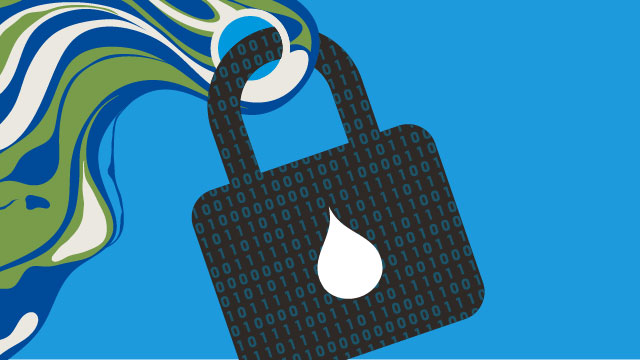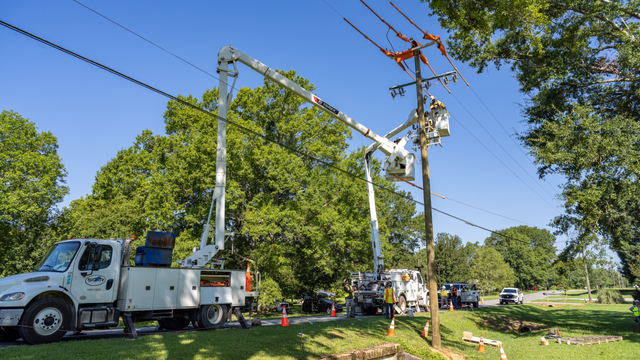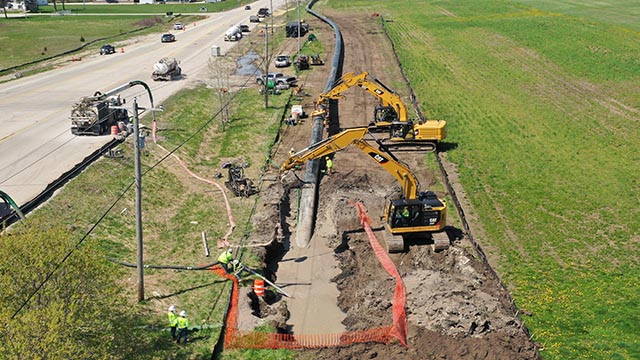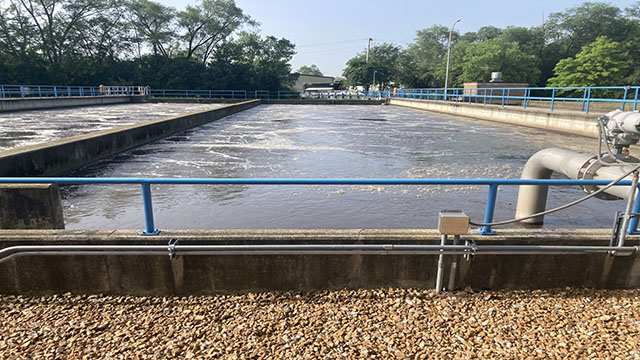The year 2021 marked a watershed for U.S. climate disasters as the increasing frequency and impact of severe weather battered millions of people, communities and major infrastructure systems across the U.S.
In this year alone, extreme heat generated by an unprecedented “heat dome” impacting the Pacific Northwest melted power cables and shut down Portland’s streetcar service. February’s Texas deep freeze not only took power from 5 million people, but it disrupted water service as well. Hurricane Ida shut down the grid for millions from Louisiana and Mississippi through to the Northeast. In fact, according to a Washington Post examination of federal disaster declarations, more than one-third of all Americans live in a county that experienced a climate disaster during the summer of 2021.
Each of these extreme weather events brought devastation and frustration while serving as catalysts for change. Climate- and storm related disruptions to the grid are nothing new — anything from a fallen tree to a wildfire can cause power loss — but the recent barrage of events has clarified the urgent necessity of sweeping updates to the power grid. The problem is more acute because customers are increasingly sensitive to system failures, and service providers have managed their expectations poorly.
The Black & Veatch Electric Report survey confirms that most utilities — four out of five respondents — consider asset hardening to be more important today than in previous years. This may be due to this year’s weather issues, but it also could reflect the business community’s awareness of the significant financial and reputational risks they face from extreme weather events. This is outlined starkly in a report by CDP, a non-profit that runs a global disclosure program, which projects $1.26 trillion in supplier revenue losses by 2026 because of climate.
Gaining Insight
As utilities seek to make their systems more resilient, data-driven models tell the success stories of the energy sector. Power utilities can create models to predict system responses to events — and tell the story to regulators and investors. Forty percent of survey respondents selected modeling and risk analysis as effective strategies for justifying expenses for climate change adaptation and resilience projects.
Because models can simulate climate events — they are the evidence that lays the foundation needed to persuade regulators and investors of the case for hardening.

Such modeling capabilities open various doors for the nearly two-thirds (63 percent) of survey respondents who reported they have used risk analysis, modeling or similar inputs to prioritize resilience projects. Of the remaining respondents, the 26 percent who acknowledge they don’t use it are likely kept away by costs or not knowing where to begin.
As electric utility workforces age and new technologies require advanced expertise, many smaller energy utilities may not have the in-house resources to take advantage of data-driven analysis. This may explain the 27-point disparity between larger utilities (those serving more than 2 million customers) and smaller ones (those serving less than 2 million customers) when it comes to who is leveraging risk analysis and modeling.
Data-driven modeling and risk analysis can be difficult to implement, but Black & Veatch consultants can help energy providers collect, verify and interpret the information. With effective data collection and management, utilities can monitor a broad range of operational metrics.
Data collection and management can include devices to detect electrical, environmental and physical data such as flood-level sensors in and around facilities, artificial intelligence (AI) equipped cameras or drones that can identify damaged or at-risk equipment, temperature monitoring for both hot and cold weather threats, and much more. These assets, coupled with technologies that enhance reliability and efficiency, improve outage management and reduce energy consumption, and give greater focus to the development of the smart grid.
Planning for the Future
Despite plentiful capabilities provided by data collection and digitization, these systems come with a drawback: energy asset owners and providers often come up with more information than they can manage. As a solution, a development project that integrates asset management services with data analytics capabilities can help utilities sift through mountains of data to glean the most critical actionable priorities.
As such services become more available, modeling and risk analysis likely are to become even more beneficial to energy providers. Not only can providers use them to organize and prioritize storm response, they also can deploy these capabilities to gather evidence when it comes time to make a case for investment.
Such investment will be prioritized, as more than half of survey respondents indicated that smart grid improvements were included in their five-year plans. Deploying systems to provide awareness of the current state of system assets came in a close second to vegetation management, which is included in the resiliency plans of 57 percent of surveyed energy sector stakeholders.

Conclusion
When it comes to preparing grids for extreme weather events, there really is no one-size fits-all approach. Each energy asset owner and provider will need a different strategy that accounts for system constraints, location, asset vulnerabilities, budgetary considerations, workforce availability and more. For example, electric utilities in the Northeast may focus more on vegetation management than their counterparts in the desert Southwest, where high temperatures and drought force new demands. In any case, as companies make their hardening plans based on today’s key factors, new considerations such as insurability or the availability of recovery funding may impact future capital allocation.
Combining these lessons with the prediction and monitoring capabilities provided by digitization and data management will allow utilities to confidently define effective resiliency plans.







